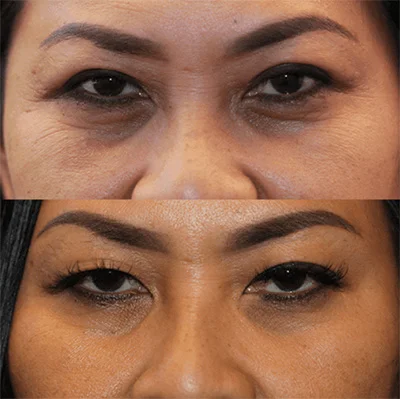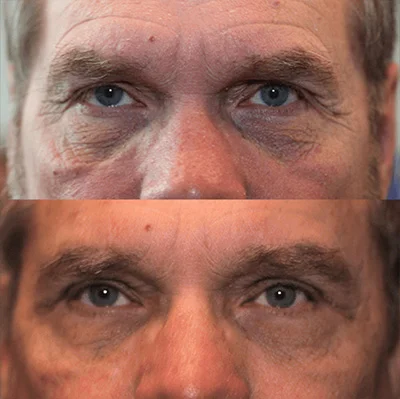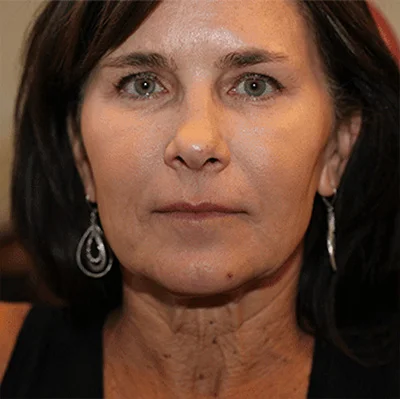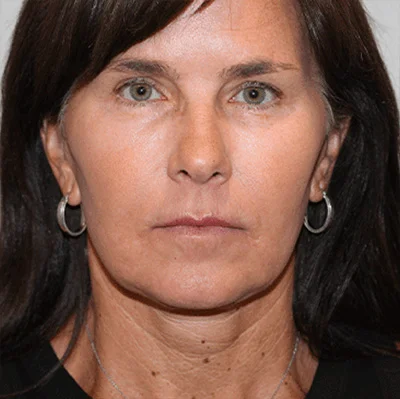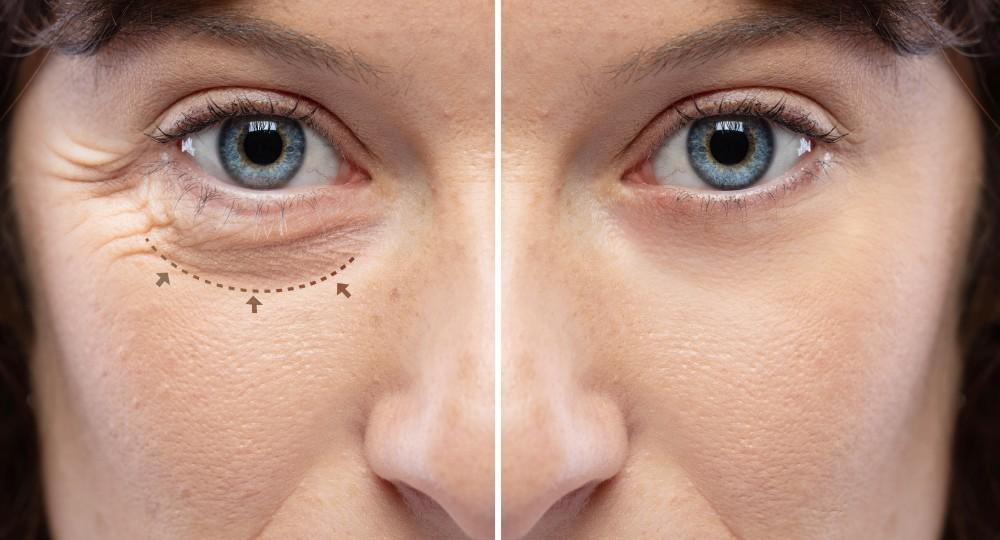
Oculofacial Plastic surgeons are ophthalmologists with an added specialty in plastic, cosmetic, and reconstructive surgery of the periorbital and facial tissues. These tissues include the eyelids, eyebrows, orbits (bone surrounding the eyes), lacrimal (tear) system, forehead, cheeks and face. When you need a procedure done in and around these areas, you want a trained oculofacial plastic surgeon to do the job.
At Arizona Ocular & Facial Plastic Surgery, with locations in Scottsdale and Peoria, Arizona, Dr. Dustin Heringer is just such a specialist. Board-certified in oculofacial plastic and cosmetic surgery, he completed a two-year fellowship in ocular and facial plastic surgery, where he focused on eyelid and facial plastic surgery, then completed a one-year fellowship in general cosmetic surgery.
At the same time, Dr, Heringer became proficient in state-of-the-art techniques for cosmetic procedures, including facial surgeries, fat grafting, injectable fillers, and skin rejuvenation.
Because many people aren’t familiar with oculofacial plastic surgery, he’s put together this guide to give you an overview of the wide variety of procedures he can handle for you.
What are some common surgeries your oculoplastic surgeon can perform?
As there are many different types of surgeries, let’s take them by major groupings:
Reconstructive/functional oculoplastics
These procedures restore a more aesthetically pleasing appearance, especially if the face or eyelids have been marred by lesions or scarring. They can also restore normal function to the periorbital area.
Surgeries include:
- Ptosis (eyelid drooping): Cosmetic lifting or medical intervention if droop affects vision
- Eyelid malposition: Adjusting eyelids when they don’t sit at the same level
- Eyelid lesions: Removing growths on the eyelid or around the eyes
- Eyelid reconstruction: Restoring an appearance marred by lesions, scars or after MOHS surgery
Orbital oncology and surgery
When the ocular orbit is injured or diseased, surgery may be required to remove lesions, repair damage, remove the eye, or reconstruct the socket.
Surgery may also be required for Graves’ disease (aka thyroid eye disease), an autoimmune disorder that affects the eyelids, muscles, and other soft tissues that surround the eye. When the disease is stable, surgical treatments help manage the symptoms, including eyelid malposition or retraction, double vision, and ocular proptosis (bulging eyes).
Tear duct surgery
The tear ducts normally drain tears from the surface of the eyes. If they malfunction, you can experience watery, red, and irritated eyes as well as chronic eye infections. Tear duct surgery can include the exploration and reconstruction of any area within the system, depending on the location of the obstruction or closure.
The primary surgical procedure to repair faulty tear ducts is external dacryocystorhinostomy (DCR). The doctor makes an incision on the side of your nose near the lacrimal sac, then connects the sac to the nasal cavity, placing a stent to keep the passageway open so your tears can drain.
Cosmetic oculofacial plastic surgery
Not everyone is born with a face they feel is perfect for them, and oculoplastic surgery can help.
Some of the most common procedures include:
- Blepharoplasty: Sagging skin under the eyes is lifted or removed
- Brow lift: The forehead is raised to brighten your look
- Facelift: Excess fat and skin are removed and the remaining skin tightened
- Rhinoplasty: The nose is reshaped
- Fat grafting: Fat is moved to where you want to add volume
- Lip, cheek, and chin augmentation: Your natural features are volumized
If you’re looking to adjust your natural facial features or require help with an injured or diseased eye, an oculoplastic surgeon is the doctor you need, and Dr. Heringer has the expertise to handle any case, no matter how complex. To book your consultation, call our office that’s closest to you or use our contact form to send a message.
